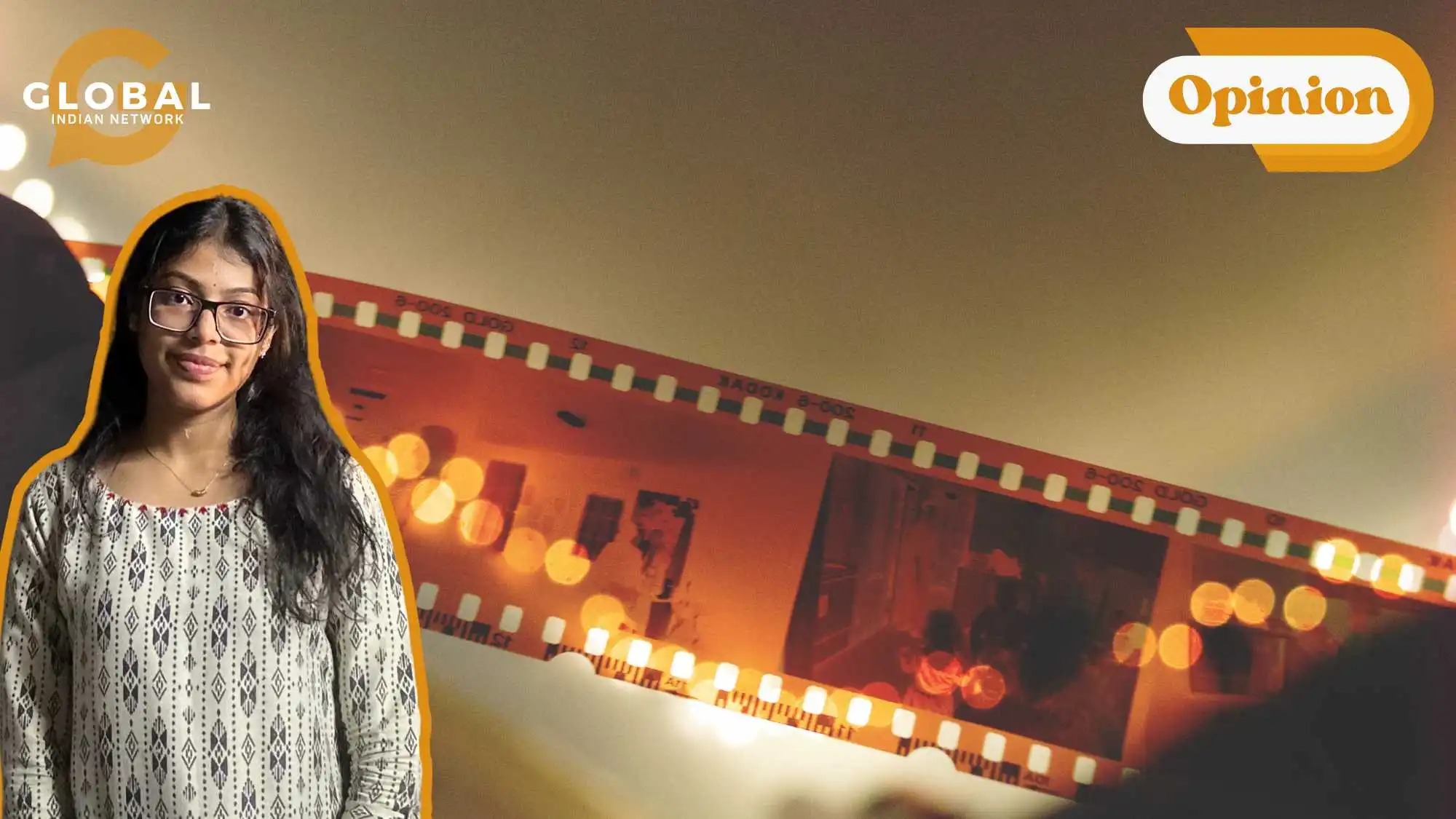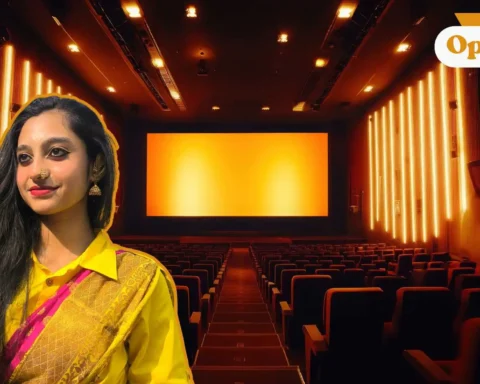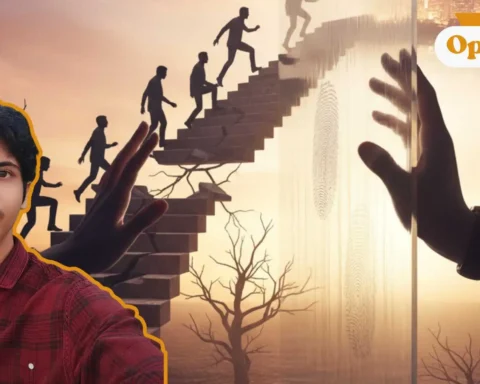In our fast-changing world, few media evoke human emotion, imagination, and thought as compellingly as art and film. At its essence, art is the communication of human experience. Whether it’s painting, sculpting, photography, or even architecture, artists try to freeze a feeling, an idea, or a story. The film attempts to do the same. The only difference is that whereas traditional forms of art tend to stop a moment in time, film stitches together moments and can explore narrative, movement, and time itself. Films are more like a long canvas, one that breathes, speaks, and develops before us.
The very basis of the art of filmmaking owes its existence to old art. Georges Méliès, one of the early filmmakers, was a stage magician and visual artist before becoming involved in cinema. Méliès’s films, full of creative sets and costumes, were akin to moving paintings than naturalistic films with which we are familiar today. Even today, directors will speak of their “visual palette,” employing color, composition, light, and shadow in ways that imitate the methods of painters. For example, Wes Anderson’s symmetrical compositions are reminiscent of Renaissance and Baroque paintings, while the rich, painterly camerawork of movies like Barry Lyndon (1975) directly invokes 18th-century portraiture.
Moreover, the rules that apply to the visual arts — balance, contrast, rhythm, focus — are essential to good filmmaking. Each shot of a film is a thoughtfully constructed image, like a work of art. Directors, cinematographers, and production designers all work together to produce images that move us emotionally as well as narratively. One shot from a masterpiece film can create the same feeling as standing in front of a masterpiece in an art museum. Consider the vast desolation of the American prairies in Days of Heaven, or the crazy, frenzied streets of Paris in Amélie — every image is designed with the care and forethought of the brush stroke of an artist.

Film not only affects the images of cinema but also thoroughly informs its intentions and meanings. Throughout history, art has functioned as society’s mirror, holding up for examination its glories, flaws, and aspirations. The film similarly does everything, frequently serving as entertainment as well as commentary. As Francisco Goya’s somber paintings expose war’s brutality, so Schindler’s List and other films expose human cruelty. Both art forms offer a way for artists to interpret, critique, and finally come to comprehend the world around them.
The advent of animation has erased any remaining divide between film and art. Studios like Studio Ghibli and Pixar have elevated animation into a recognized art form, blending meticulous craftsmanship with storytelling. Hayao Miyazaki’s Spirited Away is a perfect example: each frame could stand alone as a detailed work of art, yet together, they build a sweeping, emotional narrative that transcends language and culture. Here, the connection between art and cinema is not abstract but actual — each moment is drawn by hand, painted, and realized.
The conversation between art and cinema is more vibrant. Artists such as Steve McQueen and Julian Schnabel have migrated easily between painting and film, infusing their movies with an enhanced artistic imagination. At the same time, filmmakers are partnering with visual artists to create sets, costumes, and even advertisements that are as visually and conceptually coherent as their films. This crossbreeding ennobles both domains, stimulating invention and greater articulation.
Film and art are not two disciplines but two leaves of the same branch — one in form, yet one in spirit. They both aim to move, disturb, and provoke. They are both strong forms of language, conveying human experience through space and time. To know one is to know the other. As viewers, we owe each discipline to honor, celebrate, and preserve their profound and stunning relationship.

Let us know your thoughts. If you have any burning opinions or ideas to share, feel free to contact us at larra@globalindiannetwork.com.









